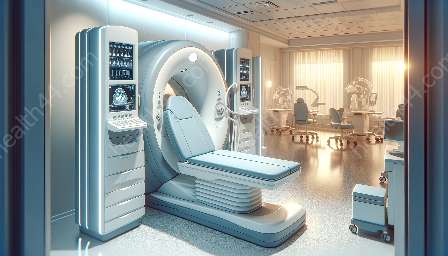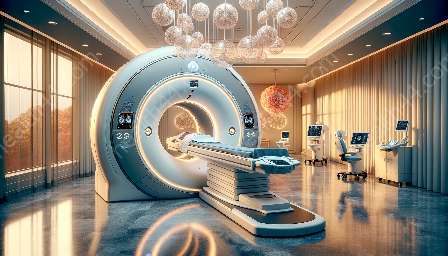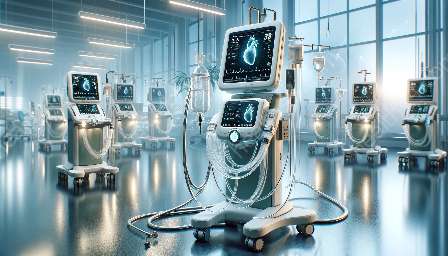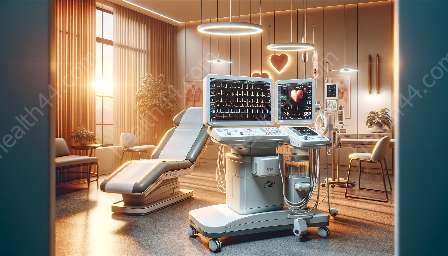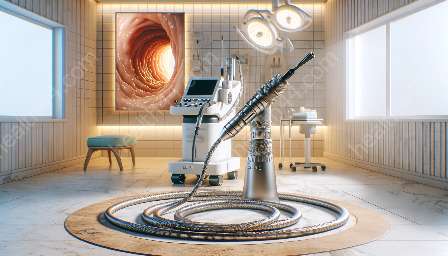Implantable medical devices have revolutionized the field of healthcare, providing innovative solutions to a wide range of health conditions. These devices, also known as implantable medical equipment, offer a new paradigm for treatment and management of various health issues.
From pacemakers to implantable defibrillators, cochlear implants to neural stimulators, the use of implantable devices has significantly improved patient outcomes and quality of life. In this comprehensive guide, we will delve into the world of implantable devices, exploring their impact on health and the latest advancements in medical technology.
The Role of Implantable Devices in Healthcare
Implantable medical devices play a crucial role in providing targeted therapy for chronic conditions and disabilities. These devices are designed to be surgically implanted into the patient's body, where they can deliver therapeutic interventions, monitor physiological parameters, and restore normal functions.
One of the key advantages of implantable devices is their ability to provide continuous care and treatment, bypassing the limitations of traditional external medical equipment. By directly interfacing with the body's tissues and systems, implantable devices can achieve precise delivery of treatment and real-time monitoring, leading to improved efficacy and patient comfort.
The Advantages of Implantable Devices
Implantable medical devices offer several advantages over traditional external equipment. Some of these benefits include:
- Enhanced Accuracy and Precision: Implantable devices can deliver therapy and monitor physiological parameters with high precision, ensuring targeted and effective treatment.
- Long-term Stability: Once implanted, these devices can provide continuous care over an extended period, reducing the need for frequent adjustments or replacements.
- Improved Quality of Life: Many patients experience a significant improvement in their quality of life after receiving implantable devices, as these devices can help manage chronic conditions and disabilities effectively.
- Minimally Invasive Procedures: Advancements in surgical techniques have made the implantation of these devices less invasive, leading to quicker recovery times and reduced risk of complications.
Types of Implantable Devices
There is a wide range of implantable medical devices designed to address various health conditions. Some of the most common types include:
- Cardiac Implantable Devices: This category includes pacemakers, implantable cardioverter-defibrillators (ICDs), and cardiac resynchronization therapy (CRT) devices, which are used to manage cardiac arrhythmias and other heart conditions.
- Neurological Implantable Devices: These devices, such as deep brain stimulators and spinal cord stimulators, are used to manage conditions like Parkinson's disease, chronic pain, and epilepsy.
- Orthopedic Implants: Including artificial joints, bone plates, and screws, these implants are used in orthopedic surgeries to restore musculoskeletal functions and treat injuries.
- Hearing Implants: Cochlear implants and auditory brainstem implants are designed to improve hearing in individuals with severe hearing loss or deafness.
- Wireless Communication and Remote Monitoring: Implantable devices now feature wireless connectivity, allowing healthcare providers to monitor patient data remotely and make timely adjustments to treatment plans.
- Biocompatible Materials: The use of biocompatible materials in implantable devices reduces the risk of rejection or adverse reactions, promoting better integration with the body's tissues.
- Smart Sensors and Data Analytics: Integrated sensors in implantable devices can collect and analyze real-time physiological data, providing valuable insights for personalized healthcare management.
- Nanotechnology and Miniaturization: The miniaturization of implantable devices, enabled by nanotechnology, allows for less invasive implantation procedures and greater patient comfort.
Technological Innovations in Implantable Devices
Advancements in medical technology continue to drive innovation in the field of implantable devices. Some of the latest technological developments include:
The Impact of Implantable Devices on Health
Implantable medical devices have had a profound impact on the health and well-being of countless patients. By offering targeted therapy, continuous monitoring, and improved functionality, these devices have transformed the management and treatment of various health conditions.
Patients with chronic conditions such as heart disease, neurological disorders, and musculoskeletal injuries have experienced significant improvements in their quality of life as a result of implantable devices. Furthermore, the enhanced accuracy and precision of these devices have led to better treatment outcomes and reduced healthcare costs in the long run.
The Future of Implantable Devices
As technology continues to evolve, the future of implantable devices holds even more promise. From the development of bioresorbable implants to the integration of artificial intelligence for personalized healthcare, the advancements in this field are poised to further revolutionize the way we approach healthcare and medical interventions.
With ongoing research and innovation, we can expect to see more advanced and sophisticated implantable devices that not only provide effective therapy and monitoring but also contribute to a deeper understanding of the human body and its complexities.
Conclusion
Implantable devices represent a remarkable achievement in the realm of medical technology, offering personalized and targeted solutions for a myriad of health conditions. These devices have redefined the standards of care and have become integral components in the management of chronic illnesses and disabilities.
As we look to the future, the potential for further advancements in implantable devices is virtually limitless, holding the promise of improved patient outcomes, enhanced healthcare delivery, and a renewed sense of hope for individuals facing challenging health conditions.

